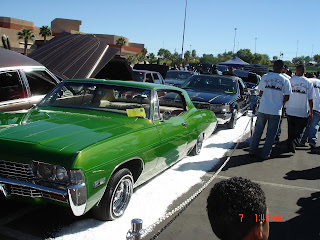
Recently a older gentleman who seemed he was in his late 40's and who was from the US. Census Bureau came to my door with many papers in hand and conducted the 2010 Census survey. Though I was pressed for time I had no problem continuing with the survey. The only problem I had was when I reached section C and D which has to do with national origin and culture.
Section C asked if I was a Latino/Hispanic, which I am and I gladly answered I was of Mexican decent from the list of various Latin American and Caribbean Countries and origins. But, when we went on to section D of the survey it seemed as if my national origin and culture was not listed. I expected a check box to be in front of Latino/Hispanic decent but nothing. The older gentleman continued and said, Hispanic and Latino is not a national origin nor race and the only option I have is to select from a long list of other races and national origins. Some of the choices to select from were, White, Black, African American, Native American, Pacific Islander, and Asian were amongst the many listed.
I was perplexed in this because of the previous section. The older gentleman said that because of this the typical answer for people in my situation would be to choose White. Though I told him I do not want to choose that and prefer that he wrote in a box to say Hispanic/Latino I had no choice but to check White.
My concern about this issue is that Latino's, though being the fastest growing population in the US., do not have their own check box in section D of the Census survey. Is it that the US. does not want to take time to categorize the over 46 million and is estimated to reach over 102 million by 2050 according to a US. Census poll. I hope that next time around with the Latino population which may be the majority in this country will have their own check box instead of having to conform and check something which they may not be.



